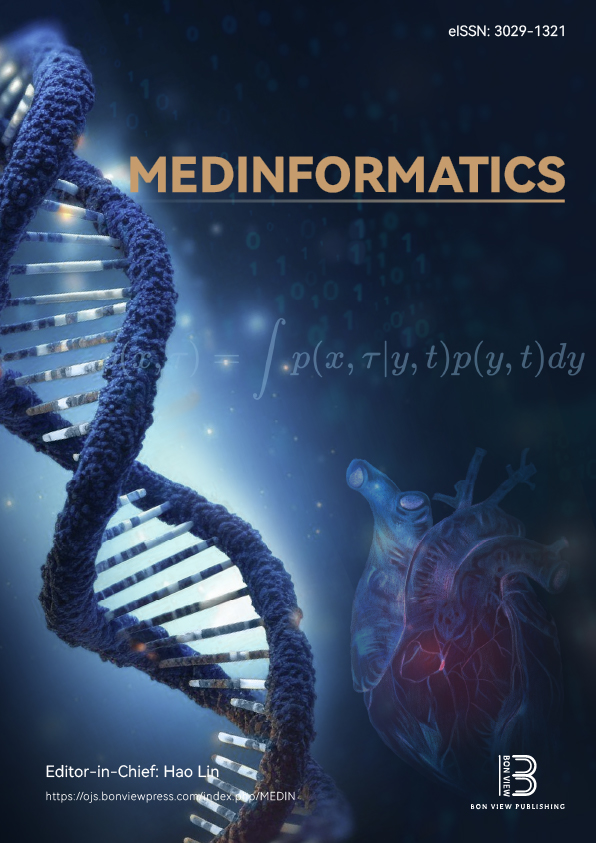A Universal Intelligent Classification Algorithm for Pathological Images Based on Sliding Window Attention Mechanism
DOI:
https://doi.org/10.47852/bonviewMEDIN52025163Keywords:
pathological image classification, attention mechanism, histological grading, residual network, intelligent diagnosisAbstract
The pathological diagnosis is the gold standard for qualitative analysis of tumors. Due to the difficulty in extracting complete features from high-resolution whole-slice pathological images, the generality and accuracy of traditional deep learning classification algorithms are limited. This paper proposes an intelligent classification algorithm by combining convolutional neural networks (CNN) and Transformer for pathological images. Firstly, the local and global features of pathological images are extracted using the designed CNN and Transformer hybrid network architecture Furthermore, the Mish activation function is introduced to improve the nonlinear expression ability of the feature extraction network. Finally, by stacking multiple convolutional blocks and residual attention blocks to increase model depth, the classification accuracy is improved. The main contribution lies in the design of a residual module that introduces a sliding window multihead attention mechanism, which enhances the algorithm’s ability to extract contextual information. While effectively reducing computational complexity, it also improves classification accuracy. Experimental results show that the proposed algorithm attains accuracies of 0.987 and 0.947 for classifying benign and malignant lung and breast pathological images, respectively. The algorithm also achieves an accuracy of 0.932 in classifying benign, adenocarcinoma, and squamous cell carcinoma images and 0.841 in distinguishing benign and four subtypes of breast cancer. Moreover, it achieves an accuracy of 0.976 on a private dataset for breast cancer tissue pathological grading, which shows that the algorithm is universal and feasible in multidisease multiclassification tasks and clinical applications.
Received: 6 January 2025 | Revised: 23 February 2025 | Accepted: 31 March 2025
Conflicts of Interest
The authors declare that they have no conflicts of interest to this work.
Data Availability Statement
The data that support this work are available upon reasonable request to the corresponding author.
Author Contribution Statement
Huiqin Jiang: Conceptualization, Writing – original draft, Writing – review & editing, Visualization, Supervision, Project administration. Zhiheng Tong: Methodology, Software, Validation, Formal analysis, Investigation, Data curation, Writing – original draft, Writing – review & editing, Visualization. Xiaonan Yang: Conceptualization. Fangjie Zhao: Software, Validation, Formal analysis, Investigation, Data curation, Writing – original draft, Writing – review & editing, Visualization. Jinhong Tan: Software, Validation, Formal analysis, Investigation, Data curation, Writing – original draft, Writing – review & editing, Visualization. Xing Dong: Investigation, Resources, Data curation. Zhenying Ban: Investigation, Resources, Data curation. Xianxu Zeng: Investigation, Resources, Supervision. Xin Zhao: Investigation, Resources, Supervision, Project administration, Funding acquisition. Ling Ma: Software, Validation, Formal analysis, Visualization.
Downloads
Published
Issue
Section
License
Copyright (c) 2025 Authors

This work is licensed under a Creative Commons Attribution 4.0 International License.


